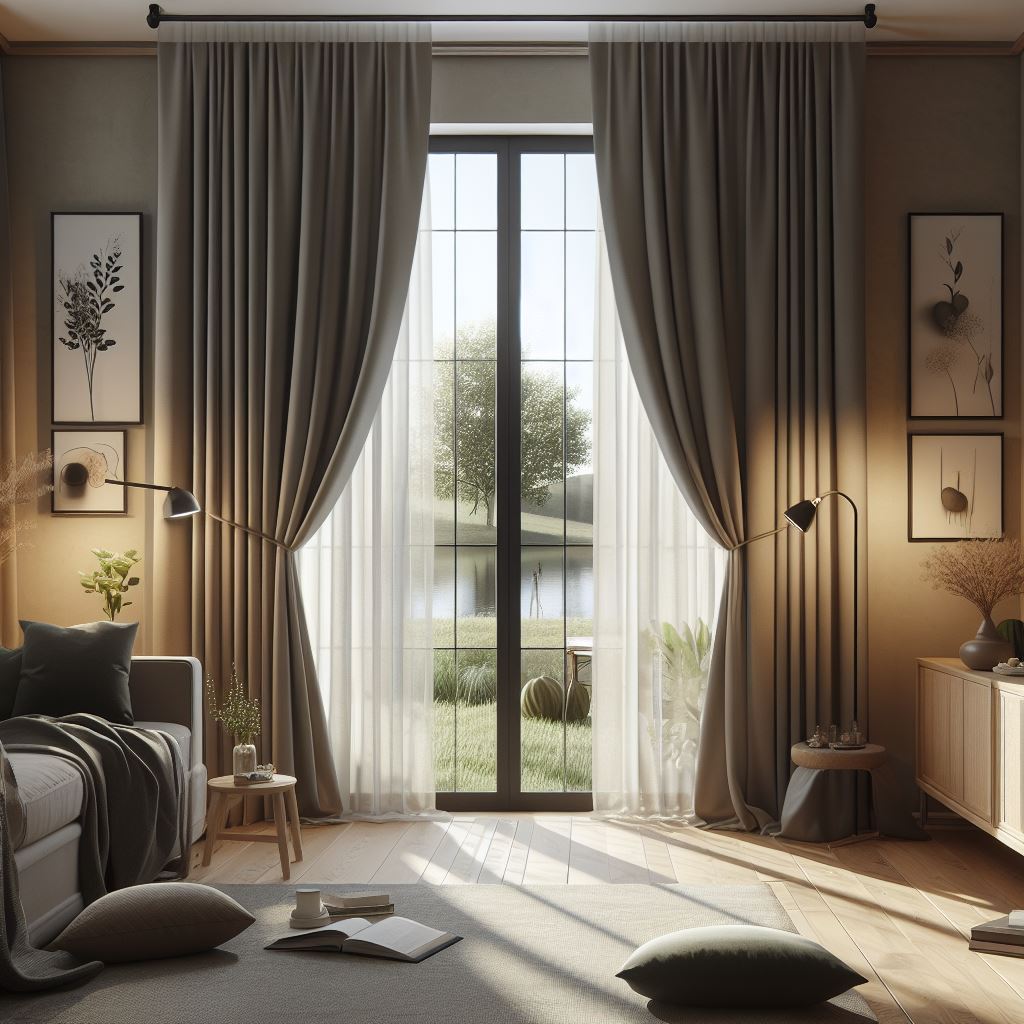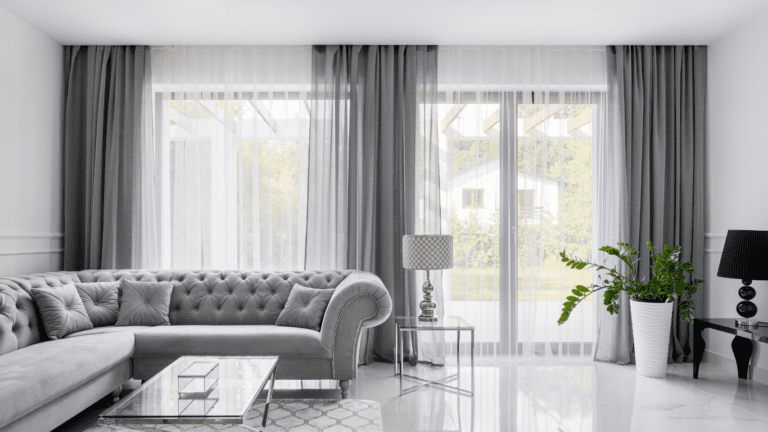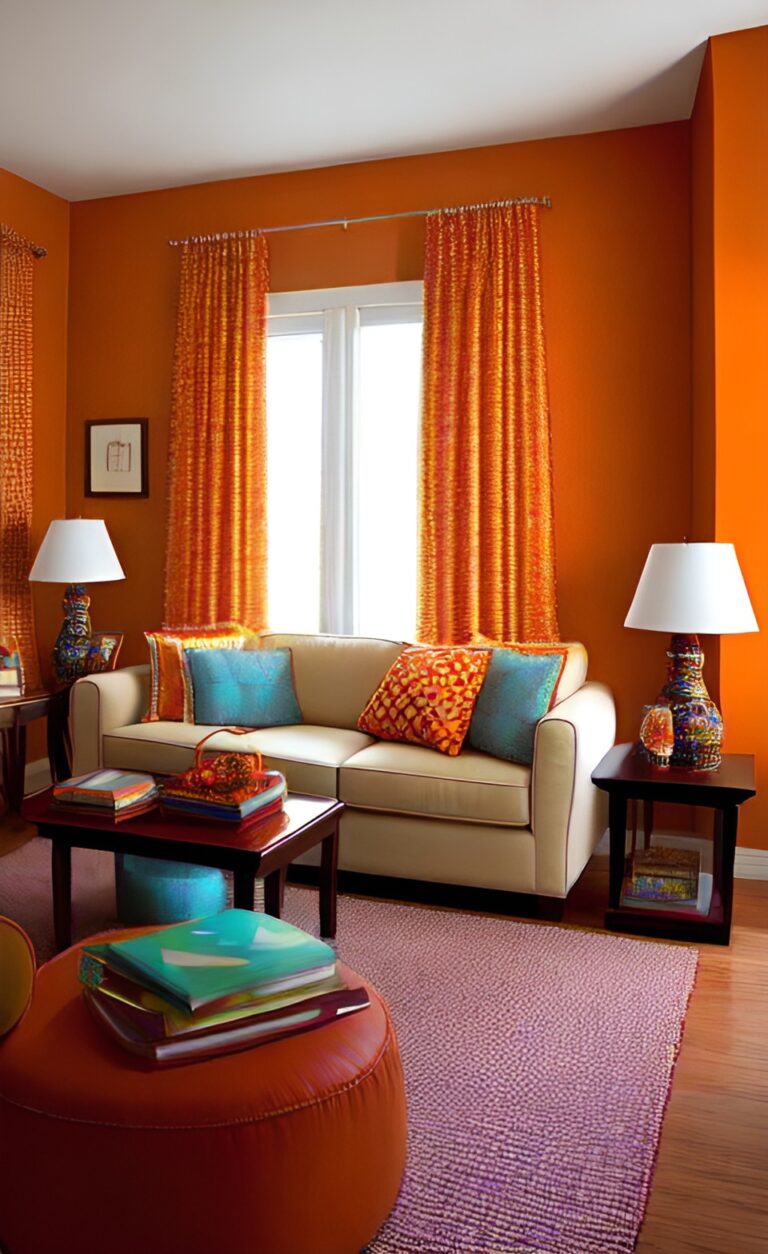Thermal Curtains Vs Blackout Curtains: Choosing The Right Window Treatment For Your Needs
This post may contain affiliate links. As an Amazon Associate, I earn from qualifying purchases at no extra cost to you. Read my full disclosure.
Introduction: Setting the Stage for Thermal vs Blackout Curtains
Imagine stepping into a room where the climate is perfectly attuned to your comfort, regardless of the season. That’s the promise held by the right window treatments in your home.
Curtains are not just decorative elements; they bear a functional significance that can greatly affect energy consumption and living comfort. Thermal curtains and blackout curtains stand out for their specific roles in managing interior temperatures and light, directly influencing your energy bills and overall well-being.
As you consider the difference between thermal and blackout curtains, think of thermal varieties as guardians against heat loss. They act as an insulating barrier, specially designed to maintain warmth during cold spells and keep rooms cooler when the mercury rises.
Conversely, blackout curtains offer a fortress of darkness, blocking out light completely to create the ideal environment for sleep or to shield interiors from harsh sunlight. Each has unique qualities that serve distinctive purposes, but both aim to enhance energy efficiency and reduce your expenditure on heating and cooling.
As this article unfolds, you’ll gain insights into their respective benefits and which curtain might best suit your particular house needs.
Understanding Thermal Curtains
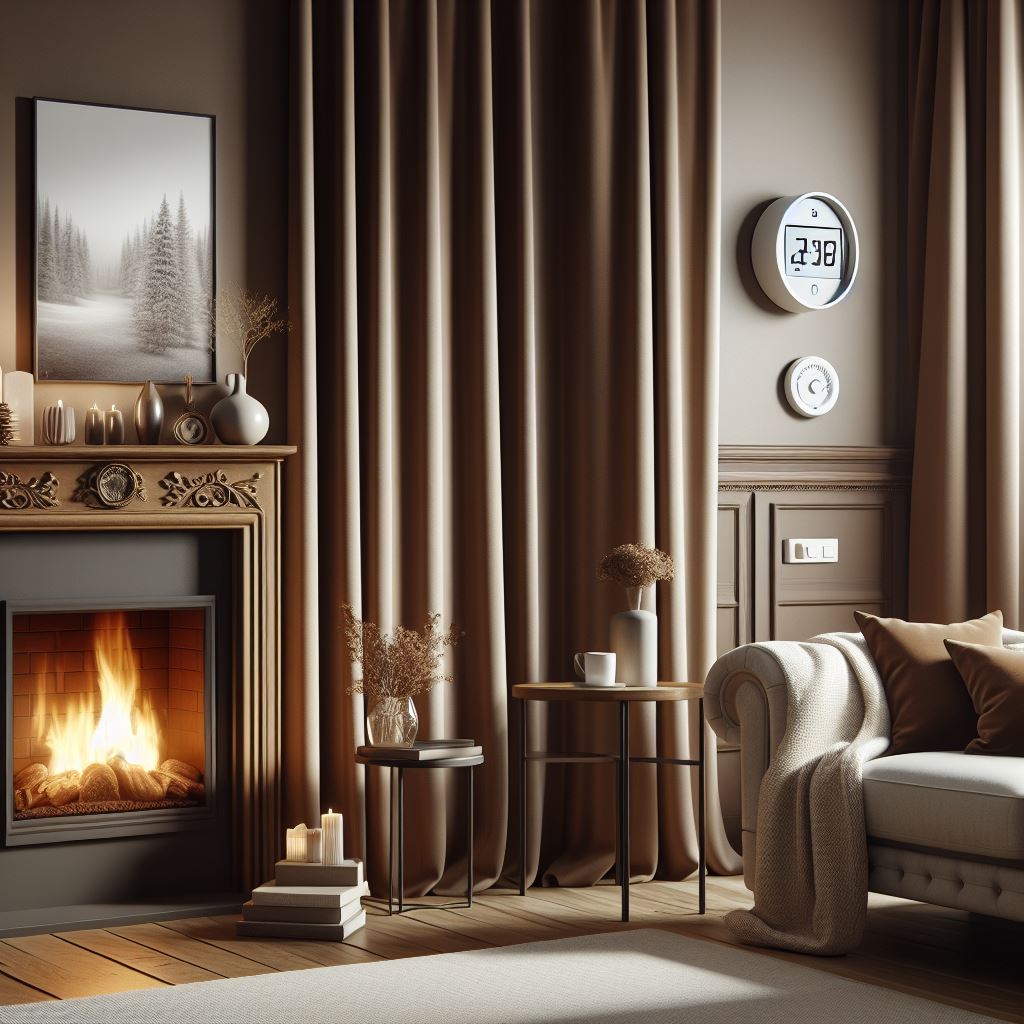
You should consider thermal curtains if you aim to maintain a comfortable temperature in your home while keeping your energy bills in check. Known for their insulating properties, these curtains are often made with heavier fabrics, such as felt, wool, or polyester, which are designed to minimize heat transfer.
A distinguishing feature is the layers of acrylic foam placed between the layers of fabric that act as a barrier against the cold, effectively preventing heat from escaping through your windows.
By installing thermal curtains, you contribute to the efficiency of your heating system. This means your home remains warmer during the chilling winter months without overworking your heaters. As a result, you’ll notice a reduction in the energy required to heat your living space, culminating in lower energy expenses.
Homeowners who switch to thermal curtains often observe a noticeable difference in both the warmth of the room and their utility costs, underscoring the advantages of integrating these window treatments into energy-saving strategies.
Understanding Blackout Curtains
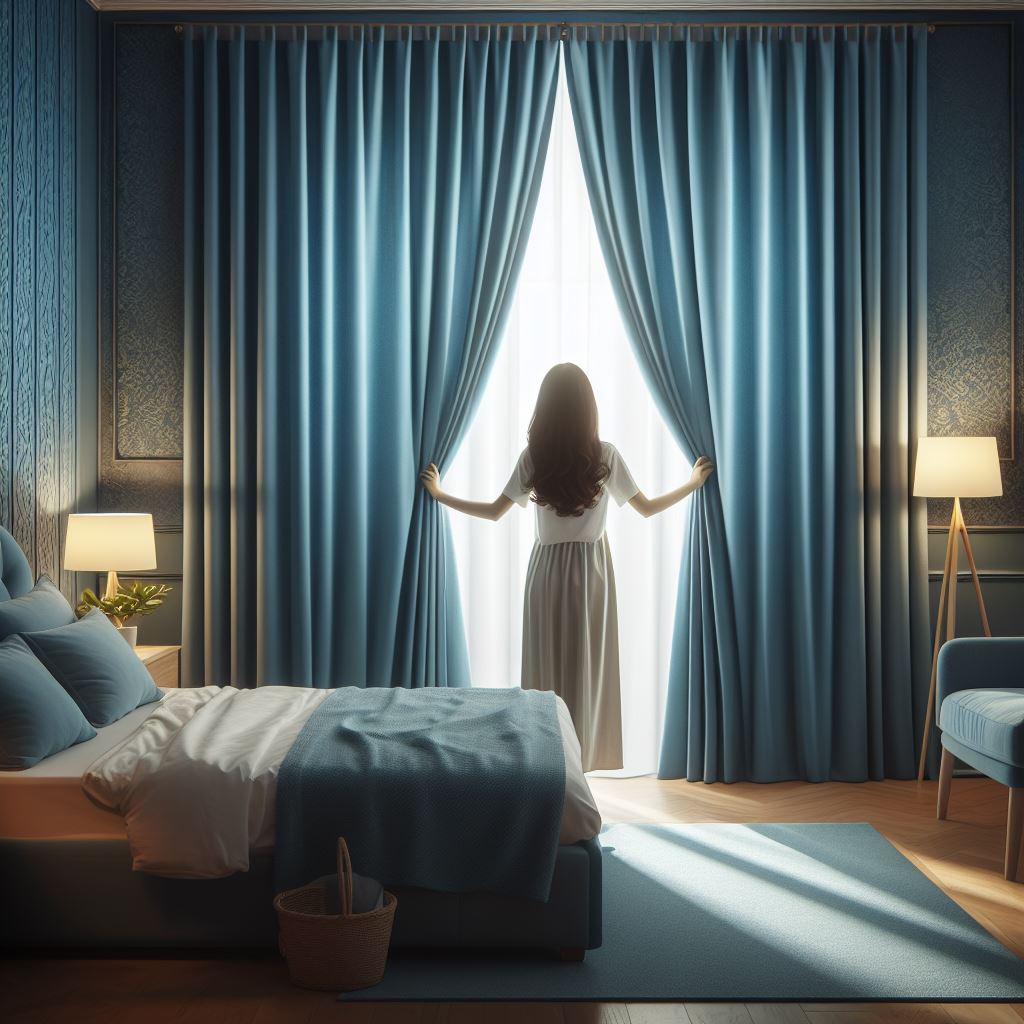
Blackout curtains stand as a formidable barrier against daylight, ensuring that unwanted glares do not disturb your indoor activities. Crafted from densely woven or layered fabrics, these curtains excel in absorbing or deflecting sunlight, facilitating the creation of a darkened room ideal for sleep or media viewing.
Such features prove indispensable for bedrooms, nurseries, or home theaters where control over lighting plays a pivotal role in the comfort and usability of the space.
Meanwhile, living areas, too, can benefit from the block light capabilities of blackout curtains, providing residents with a means to sequester themselves from the world outside and safeguard their privacy.
The impact of these curtains extends beyond mere light exclusion; they aid in enhancing the quality of your slumber by fostering an optimal, cave-like environment conducive to rest. By forming a shield against external light sources such as streetlamps, blackout curtains contribute significantly to an undisturbed night’s rest.
Whether set up in a bustling city apartment or a sunlit suburban home, these curtains are a practical solution to maintain control over your environment and improve your overall well-being.
Comparing Energy Efficiency: Thermal Curtains vs Blackout Curtains

You’ll appreciate knowing that both thermal curtains and blackout curtains can be superheroes in your battle against sky-high energy bills. Let’s peel back the layers and see how they compare.
Thermal curtains come fortified with insulating properties, ready to tackle heat loss head-on during the frosty months. This thermal armor works by trapping air between the fabric and your windows, creating a barrier against the cold and helping you keep your heating costs in check.
Blackout curtains, on the other hand, have an edge in not just dimming your room but also in their ability to block the summer sun’s heat. They come equipped with a dense blackout lining that can shield your space from the relentless UV rays, contributing to a cooler room and thus, a reduction in the need for air conditioning. In turn, this saves on energy costs during the sweltering summer months.
Yes, both curtain types offer some overlapping benefits, especially when it comes to room darkening and some level of insulation. However, the choice between thermal curtains vs blackout curtains often hinges on your particular needs.
If winter chill is your main concern, thermal curtains are ideal. On the flip side, if you’re aiming to turn day into night for undisturbed sleep or to prevent glare on your screens, blackout curtains should be your go-to option.
In addition, blinds play a complementary role when used in conjunction with thermal or blackout curtains. While these curtains primarily focus on managing temperature, light, and energy efficiency, blinds can enhance these functions in various ways ( more on blinds another time).
Design and Aesthetic Considerations: Blackout vs Thermal Curtains

While considering thermal curtains versus blackout curtains, the impact on home decor cannot be overlooked. The fabric you select sets the stage for your room’s aesthetic while it serves its primary function—insulation or light control. Smooth, heavy fabrics often work best for thermal curtains as they hold insulating properties that keep rooms warm and lower energy bills.
Opt for materials with a thick weave; these are adept at retaining heat within a space during colder months.
On the other hand, blackout curtains offer a layer that blocks light, perfect for bedrooms or home cinemas. Blackout linings can be affixed to a range of fabrics, allowing you to choose a style that meshes with your current theme. From rich velvets to modern prints, blackout fabric comes in various options facilitating room darkening without sacrificing style.
Color also plays a critical role. Lighter hues for thermal curtains can brighten a room while still minimizing heat loss, and darker shades for blackout curtains enhance their light-absorbing abilities.
Remember, the lining is just as significant; a blackout lining can pair with lighter-colored fabrics to keep rooms dark when you need it. Both curtain types work in tandem with your home’s design scheme to create an inviting and practical environment.
Installation Insights: Tips and Tricks Thermal vs Blackout Curtains

To get the most out of your thermal or blackout curtains, proper installation is key. First, measure your window length and width to ensure the curtains will fully cover the area without gaps where air or light can seep through. Curtains should extend beyond the window frame, allowing for comprehensive coverage.
Choose a sturdy curtain rod that can support the weight of your curtains. For thermal curtains, which are typically heavier due to their insulating layers, this is particularly important to prevent sagging or falling. Install the curtain rod higher than the window frame to minimize heat exchange and to make your windows appear taller.
When hanging curtains, ensure there’s little to no space between the curtain and the wall. This prevents light from entering and heat from escaping. Using wraparound rods or attaching the edges of your curtains to the wall with hook and loop strips can help achieve a tight seal.
Securely fasten the rod brackets with appropriate wall anchors, especially in drywall, where curtain weight could cause standard screws to pull out over time. If your curtains come with a lining, attach it correctly—often the lining hooks onto the back of the curtain or to the rod itself, depending on the design.
- Full Window Coverage: Measure windows carefully to purchase the correct curtain size.
- Secure Attachments: Use reliable hardware to mount the rod and fasten the curtains.
- Prevent Drafts and Light Leaks: Opt for wraparound rods or additional wall attachments to ensure a snug fit against the wall. Following these steps, you’ll enhance the energy efficiency and comfort of your room by maximizing the functionality of your thermal or blackout curtains.
Maintenance and Care: Thermal or Blackout Curtains
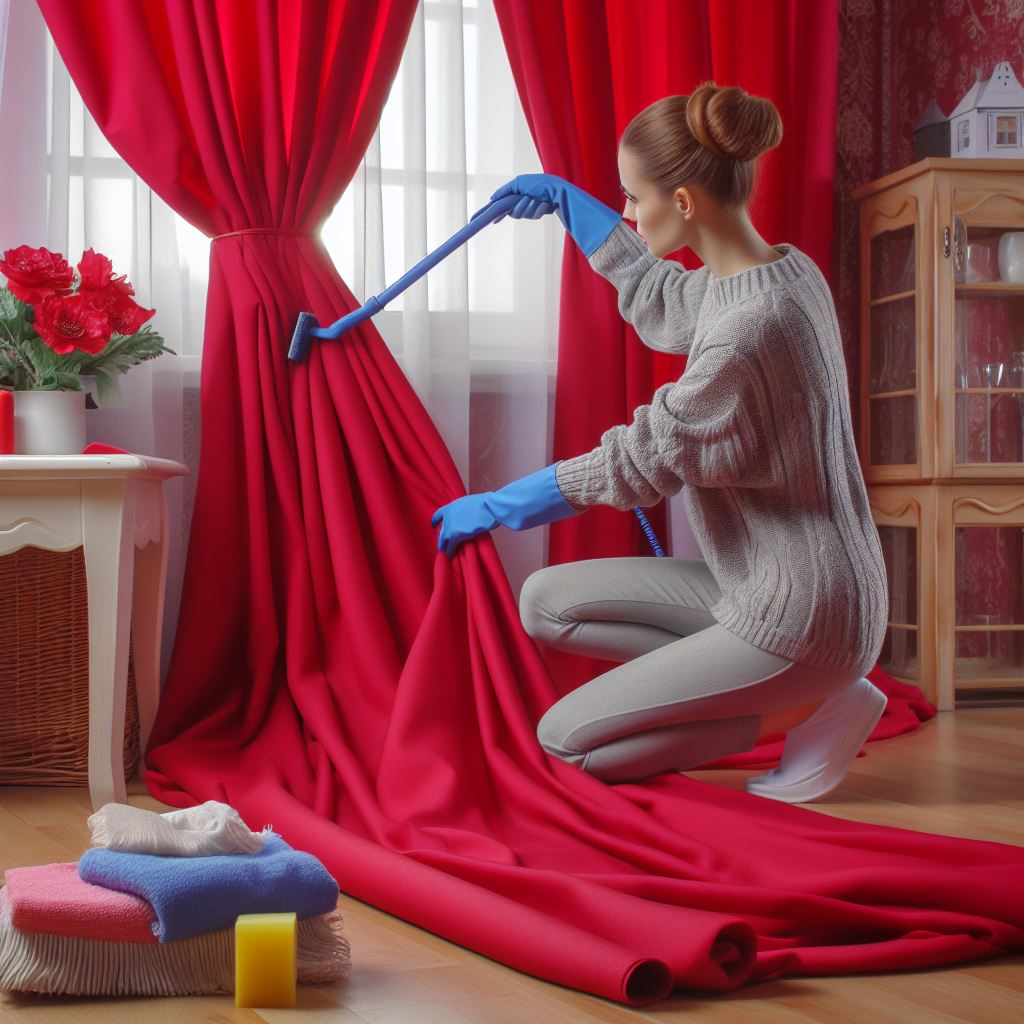
When it comes to maintaining and caring for blackout vs thermal curtains, regular cleaning is essential to ensure their longevity and effectiveness. Here are some tips for cleaning and maintaining these types of curtains:
- Vacuuming: Use a handheld vacuum cleaner or the brush attachment of a regular vacuum to remove dust and debris from the surface of the curtains. This should be done regularly to prevent the accumulation of dirt and allergens.
- Spot Cleaning: For small stains or spots, spot cleaning can be effective. Use a mild detergent and water to gently dab at the stained area, being careful not to scrub vigorously, as this can damage the fabric.
- Machine Washing: Check the care instructions on the curtains to see if they are machine washable. If they are, use a gentle cycle and mild detergent to wash them. It’s important to follow the manufacturer’s guidelines to avoid damaging the fabric or the blackout or thermal lining.
- Dry Cleaning: If the curtains are not machine washable or if you’re unsure about washing them yourself, consider taking them to a professional dry cleaner. They will have the expertise to clean the curtains without causing any damage.
- Ironing: If the curtains are wrinkled, you may need to iron them to restore their appearance. Use a low heat setting and iron on the reverse side of the fabric to avoid damaging the blackout or thermal lining.
- Maintenance of Blackout Lining: For blackout curtains, it’s important to pay attention to the blackout lining. Over time, the blackout coating can degrade, reducing its effectiveness. If you notice any peeling or damage to the blackout lining, it may be time to consider replacing the curtains or the blackout lining.
Note: This is a general guideline for maintenance and care for thermal or blackout curtains, It would be advisable to follow the care instructions provided by the manufacturer. Always refer to the care label for specific guidelines.
Environmental Impact: Using Thermal or Blackout Curtains

When considering the environmental impact of thermal and blackout curtains, various factors come into play. The choice of materials is crucial, and opting for sustainable and eco-friendly fabrics can significantly reduce the environmental footprint.
Both types of curtains focus on enhancing energy efficiency by minimizing the need for excessive heating or cooling, contributing to lower overall energy consumption.
The longevity and durability of curtains are important considerations, as durable options can lead to less frequent replacements, reducing overall waste.
Additionally, the cleaning process and materials used can impact the environment, making eco-friendly cleaning methods essential for minimizing the overall environmental footprint.
End-of-life disposal is another aspect, with curtains made from recyclable materials offering more sustainable options. The environmental impact extends to transportation and packaging, emphasizing the benefits of locally sourced or manufactured curtains with a lower carbon footprint.
Consumer awareness plays a crucial role, as educating individuals about the environmental impact of their choices can drive sustainable purchasing decisions. Opting for curtains from manufacturers with transparent and eco-friendly practices further contributes to positive environmental outcomes.
Note: For detailed and specific information on the environmental impact of thermal or blackout curtains, it’s recommended to consult with manufacturers, retailers, or environmental certifications associated with curtain products.
Conclusion: Choosing the Best for Your Home

As you deliberate on the “thermal curtains vs blackout curtains” debate, it becomes clear that both types play a pivotal role in boosting the comfort and energy efficiency of your space.
Thermal curtains stand out with their insulating properties, a boon for those chilly months when you’re looking to trap heat and cut down on energy bills. But when summer’s harsh light comes sweeping in, blackout curtains take center stage, offering not just room darkening but also a respite from the heat.
You might find that in some rooms, thermal curtains align perfectly with your needs, seamlessly melding coziness with a drop in heating costs. Meanwhile, in other spaces, blackout curtains could be the key to uninterrupted sleep and privacy.
Remember, it’s more than just a choice between light control and thermal resistance. Aesthetic appeal, the fabric’s feel, the window’s size, and even the color all contribute to creating a home that feels just right for you.
At the heart of this decision is energy conservation—a shared attribute of thermal and blackout curtains. They can effectively prevent heat loss in winter and resist the summer heat, aiding substantially in the quest for lower energy expenditures.
Balance your personal preferences with the practical benefits each option provides. By doing so, you’ll ensure the curtains you choose not only enrich your living space but also contribute to a more energy-smart home. Make a choice that serves your individual comfort, style, and energy-saving goals.
The difference between thermal and blackout curtains lies mainly in their purposes. Which one suits your needs best? Please share in the comments!

